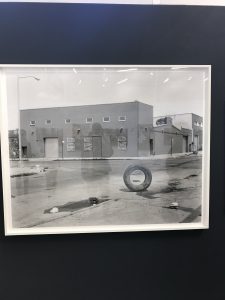
Real, Ingraham Street and Knickerbocker Avenue, Bushwick, Brooklyn, NY, 2012 (by Sergio Purtell) — medium: silver gelatin print mounted on Dibond
This photograph reminded me of the stories my father used to tell me about his time growing up in his home country of the Dominican Republic. I remember this one time, back when I was younger and complaining about being bored, that was when my dad would describe to me the games he would play with a lone flat tire, like rolling it down a hill to chase it.
The barren street reminds me of the image I had seen in my head from my father’s anecdote. The piece, along with the other photographs, create an actual image reference of what I imagined.
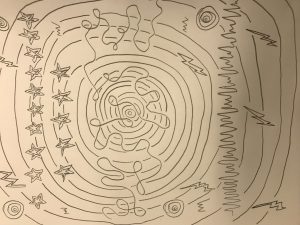
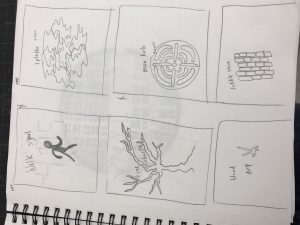
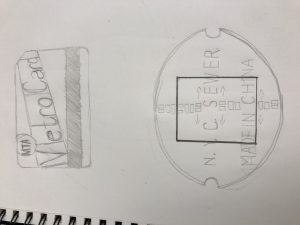
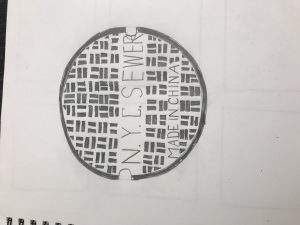
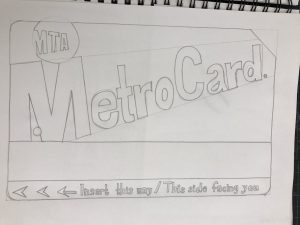
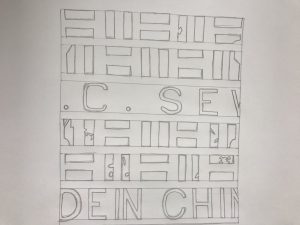
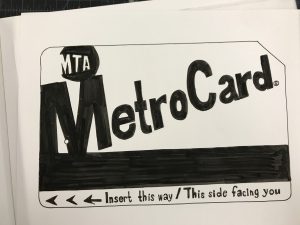
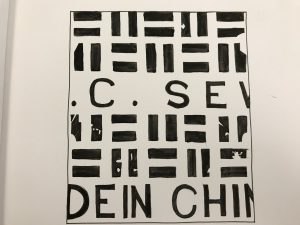
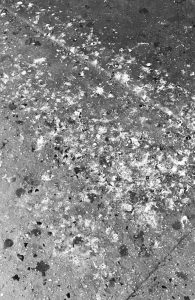
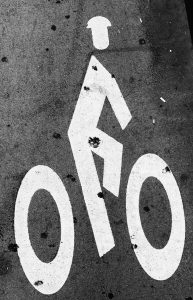
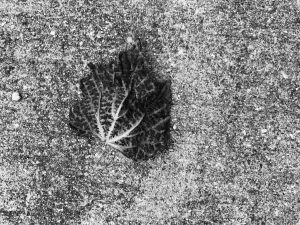
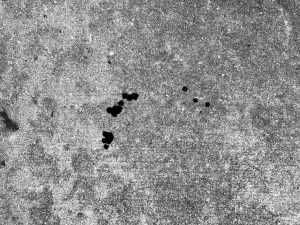
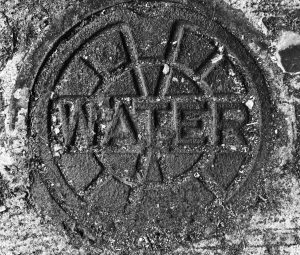
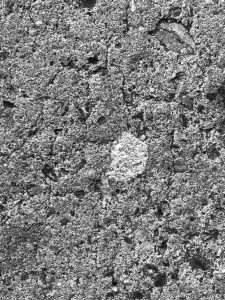



Recent Comments